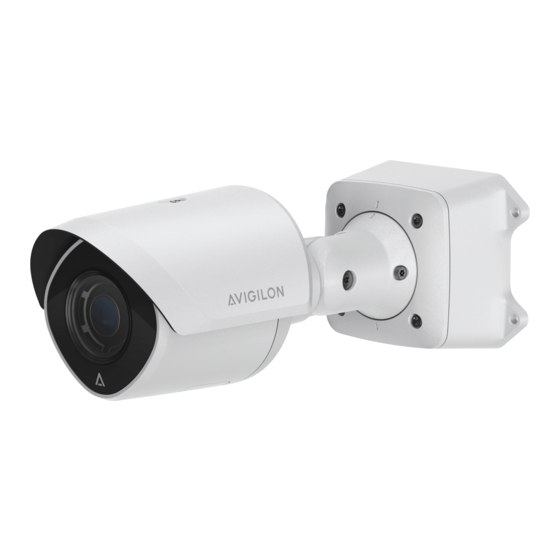Table of Contents
Advertisement
IP Camera Web Interface
User Guide
Avigilon High Definition H6, H5, and H4 IP Camera Models:
H6SL-xx
H5A-xx
H5A-xx-IR
H5SL-xx
H5SL-xx-IR
H5M-DO
H6M-Dx-IR
H6M-Dx
H5A-CR1-IR-xx
H5A-CR2-IR-xx
H4A-G-xx-IR(-B) H4F-DO
H4A-xx-IR(-B)
H5EX-xx-BO1
H5EX-xx-CO1
H4A-xx(-B)
H4M-D
H4SL-xx(-IR)
H4A-ETD-KIT
H4A-THC-BO
H4A-G-B(-B)
H3A-xx
H3A-BO-IR
Advertisement
Table of Contents

















Need help?
Do you have a question about the H6SL Series and is the answer not in the manual?
Questions and answers